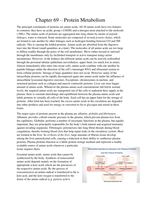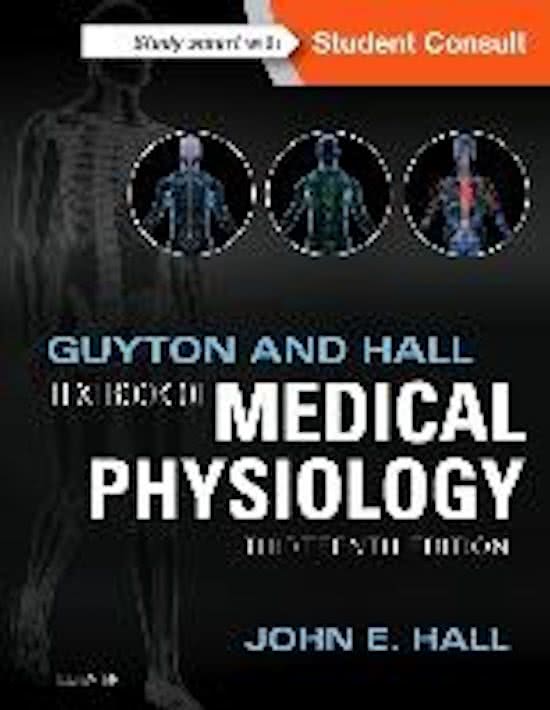Samenvatting
Summary Chapter 69: Protein Metabolism. Textbook of Medical Physiology, 12th edition, Guyton and Hall.
- Instelling
- Maastricht University (UM)
Samenvatting van hoofdstuk 69: Protein Metabolism van het Textbook of Medical Physiology, 12e editie door Guyton and Hall. Summary of Chapter 69: Protein Metabolism of the Textbook of Medical Physiology, 12th edition by Guyton and Hall.
[Meer zien]





